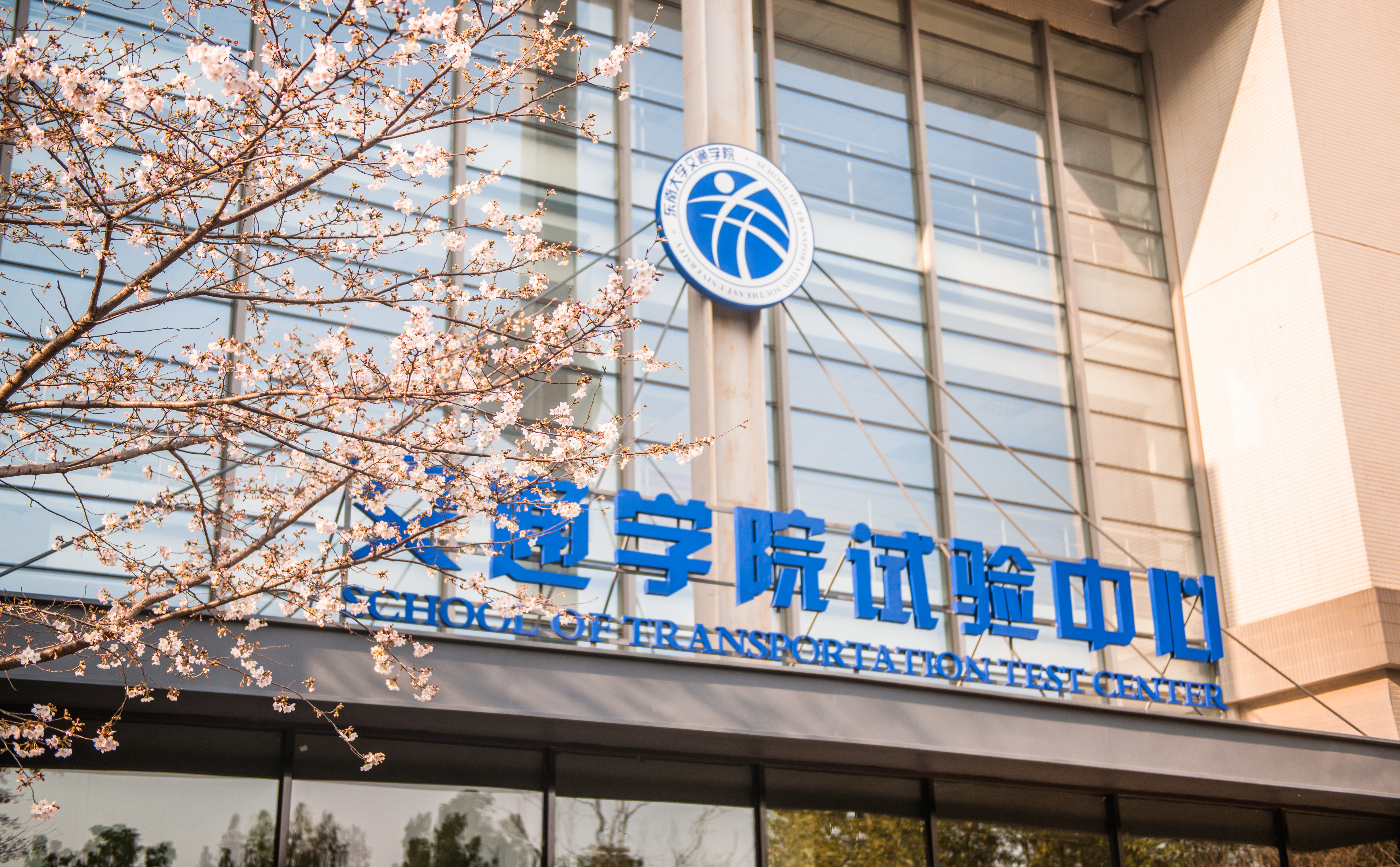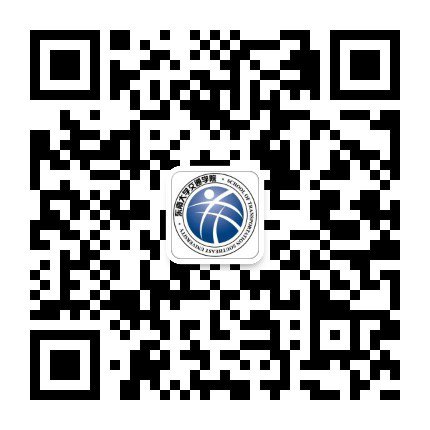题 目:Challenges in cooperative driving system design and assessment
主讲人: 王猛(Meng Wang)
时 间: 2018年11月16日,下午2:30
地 点: 威尼斯澳门人登录welcome会议室
主讲人简介:

Dr. Meng Wang is assistant professor at the Department of Transport & Planning, and holds guest-researcher positions at the Department of BioMechanical Engineering, TU Delft, and at the Research Institute of Highway (RIOH) of the Ministry of Transport, China.
Wang obtained his MSc degree at the RIOH and his PhD with distinction at Delft University of Technology. Over the past years, he focused on driving strategy design for connected and automated vehicles and impact assessment of such systems on traffic flow characteristics via both analytical approach and simulation. He has won several awards, among others the IEEE ITS Society Best PhD Dissertation Award (2nd prize), Outstanding Overseas PhD Student Award by the Chinese Scholarship Council, IEEE ITS Conference Best Paper Award, and the ITS World Congress Best Paper Award.
He coordinates the Master’s course on Intelligent Vehicles for Safe and Efficient Traffic.
讲座简介:
This talk consists of two parts. In the first part, active platooning strategies that aim at efficient interaction with human-driven vehicles at freeway merging sections will be discussed. The design of the strategies is based on a hierarchical setting, where the tactical layer determines the merging vehicle sequence while the operational layer regulates the vehicle accelerations.
In the second part, a new method to assess the driving risk will be discussed. The assessment approach is developed within the framework of artificial field theory. Here, any obstacle (neighboring entity on road) to the subject vehicle is treated as a finite scalar risk field that is formulated in the configuration space of the subject vehicle. The risk estimate is the strength of the risk field at the subject vehicle’s location. This risk field is formulated as the product of two factors: expected crash energy (as an approximation of crash-consequences); and the collision probability. The method is predictive in nature and has the potential to be applied in both real-time driving risk assessment and ex-ante safety analysis.










